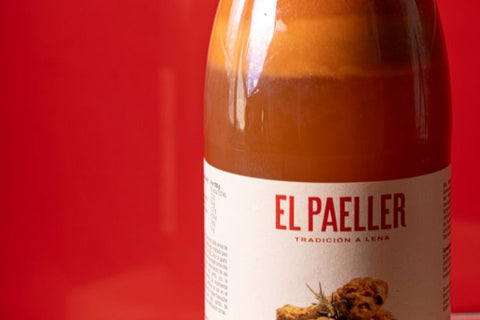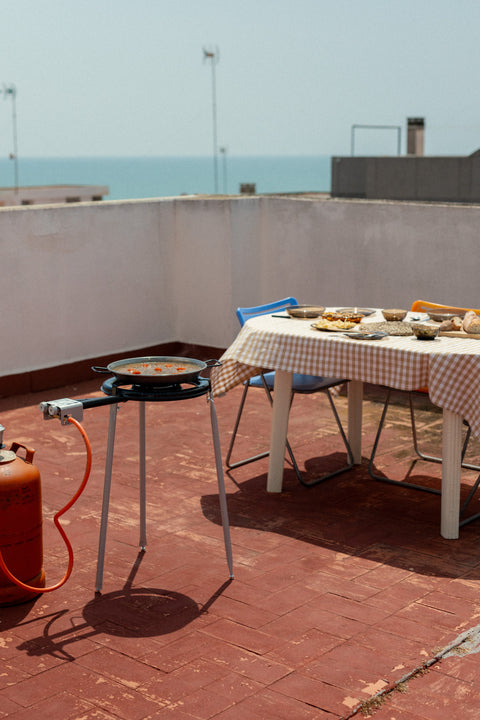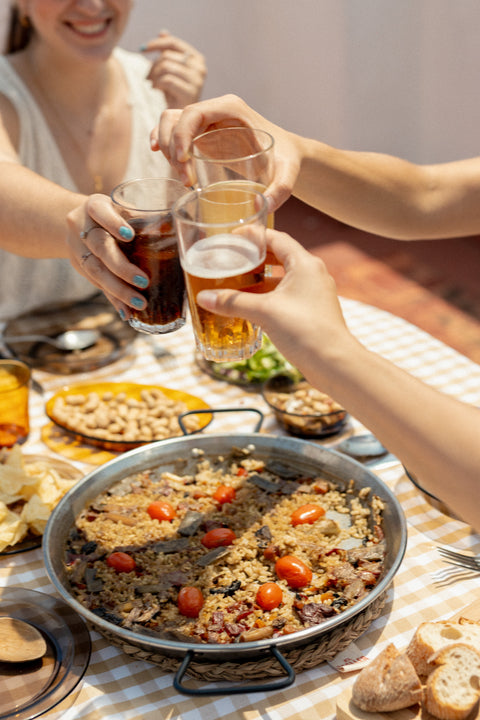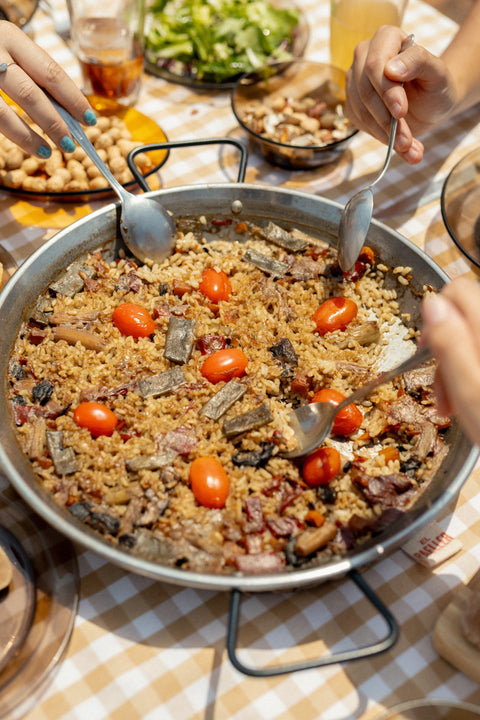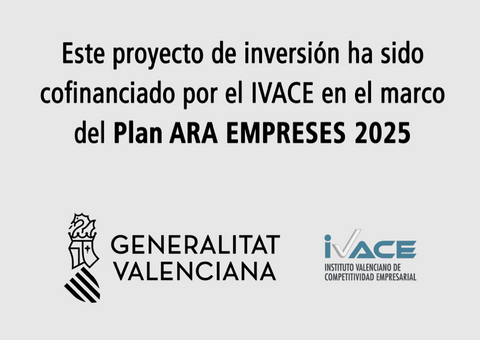When we buy ready-made broth at the supermarket, one of the first decisions we have to make is whether to opt for canned or jarred preservesAlthough the contents may be similar, the packaging can influence several aspects, such as durability, flavor, or even environmental impact. Below, we explain the main differences between canned and glass-bottled broth so you can decide which is the best option for you.
Main advantages of canned broth
Durability
The canned goods Cans are known for their durability. This material, usually made of aluminum or steel, allows broths to be preserved for long periods without losing their properties. Thanks to their airtight seal, the cans protect the contents from oxygen and light, keeping the broth in good condition for months or even years.
Recyclables
One of the great benefits of canned goods The reason is that they are highly recyclable. Aluminum and steel can be reused again and again without losing quality, making cans a very environmentally friendly option, as long as they are recycled properly.
Total protection
The can offers complete protection against light and air, two factors that can alter the flavor and quality of the broth. Being completely sealed, the cans prevent oxidation and spoilage of the contents, guaranteeing greater freshness and food safety.
Convenient for storage
Thanks to their compact size and durability, the canned goods They are very practical for storage. They can be easily stacked in pantries or cupboards without worrying about bumps or breakage, taking up less space compared to glass jars.
Lightweight and shock resistant
Another advantage of cans is that they are lightweight and much more resistant to impacts. Unlike glass, which can easily break if dropped, cans withstand rough handling or accidental falls much better, making them a safer option, especially for transport.

Main advantages of canned broth
Content display
One of the great advantages of broth in a glass jar It allows you to see the contents directly. This can be very useful for ensuring the quality of the broth before buying it, as you can see its color and consistency, two key indicators of its freshness and flavor.
Absence of additional flavors
Unlike cans, glass jars don't alter the flavor of the broth. In some cases, cans can release small amounts of metals or chemical compounds that may slightly affect the taste, something that doesn't happen with glass. If you're very particular about the flavor of your dishes, you'll probably prefer broth in glass jars.
Reuse and recycling
The glass jars for preserves They are also recyclable and can be easily reused at home. These containers are perfect for storing food, spices, or even for DIY projects, giving them a second life before being recycled.
It withstands high temperatures.
Glass withstands high temperatures better. If you need to heat the broth directly in the container, glass is the best option, as it doesn't release substances when heated, something that can happen with some cans, especially if they haven't been properly treated.
It allows for longer storage times
Although both types of packaging guarantee good preservation, glass allows for longer preservation once opened. While an opened can must be consumed relatively quickly, a glass jar can be sealed and rerefrigerated without significantly altering the contents.

Differences between preserved broth in cans and glass from El Paeller
Presentation of the broth
El Paeller's broths are available in both can as in glass jarMaintaining the essence of a traditional wood-fired broth. can It guarantees complete protection from light and air, keeping the flavor intact until opened. On the other hand, the glass jar It allows you to see the contents, which offers confidence in the quality and freshness of the product, ideal for those who value seeing the broth before using it.
Ingredients
Regarding the ingredients in our broths, there are some differences between our canned broths and our jarred broths. For example, the bird crystal brothIt incorporates chicken and hen meat, while the gourmet chicken broth The canned version also includes duck. We recommend you explore the different formats and choose the recipe that best suits you.
Storage
The cans El Paeller pans are lighter and easier to store, taking up less space and being more resistant to impacts, making them perfect for transporting or stacking in your pantry. glass jarAlthough heavier, it offers aesthetic and elegant storage, and is reusable for other homemade preparations.
Consumption time once opened
Both formats of El Paeller keep perfectly once opened, but in the case of the glassYou can extend its use for longer if it is stored properly in the refrigerator. cansFor their part, they should be transferred to a glass or plastic container if all the broth is not consumed immediately.
Dilution
Both our canned and jarred broths are designed not to be diluted with water. However, it will ultimately depend on the recipe you're preparing or the desired intensity of flavor for your dish.
Flavor
Thanks to the artisanal preparation of El Paeller's broths over a wood fire, both in can as in glassThe flavor is authentic and deep. Our recommendation is to use the stock in a glass bottle for more elaborate recipes.
And what about boxed broth? Why not?
He broth in a carton This is another option commonly found on the market, but it has several disadvantages compared to canned or jarred broth. Although cartons are lightweight and easy to store, their main drawback is that they don't offer the same protection as other packaging. Light and air can affect the quality of the broth over time, and they don't usually keep well once opened, as the material tends to deteriorate quickly. Furthermore, the brick It is not as resistant as a can or glass, which can increase the risk of breakage or leaks.
For these reasons, the broth in a carton It is not the most recommended option if you are looking for maximum durability, flavor and preservation of the properties of the broth.
